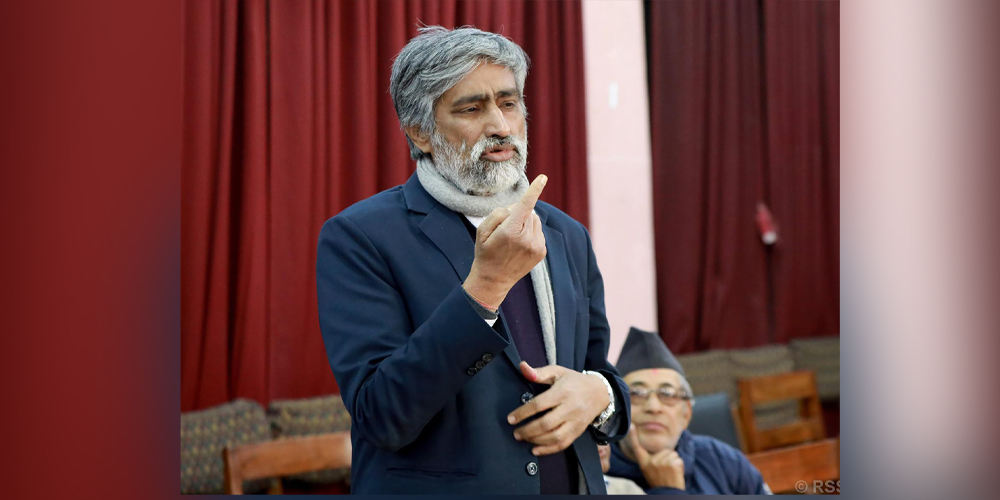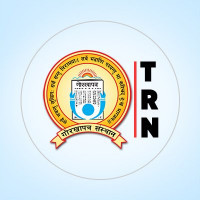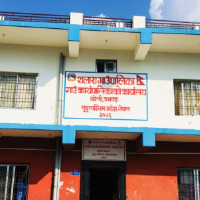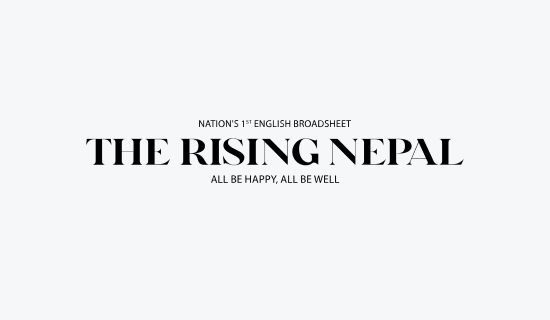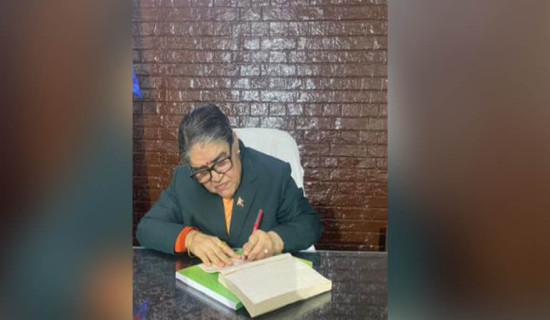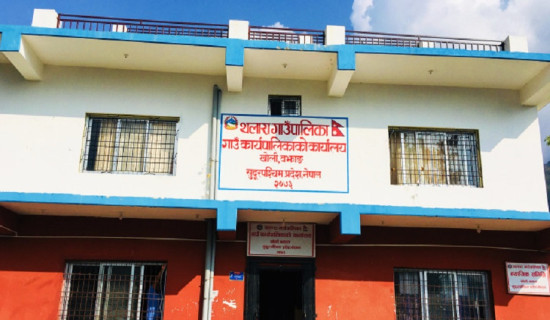- Wednesday, 16 July 2025
RSS 64th anniversary greetings: 'We are committed to develop RSS as a reliable information hub
Dharmendra Jha, Executive
Chair
Kathmandu, Feb 19: The Rastriya
Samachar Samiti (RSS) has moved towards the path of further maturity from today
onward by celebrating its 64th anniversary. Coincidently, the nation is
observing the 75th Democracy Day today itself.
On the occasion, I would like to
extend my best wishes and greetings to all.
It may be noted that the Rastriya
Sambad Samiti was formed on 7 Falgun 2018 BS to disseminate impartial and
authentic national and international news and information to the domestic and
foreign subscribers and help build a concrete public opinion by promoting the
notion of national unity. The Samiti later was transformed into the Rastriya
Samachar Samiti.
The news agency namely Nepal Sambad
Samiti (NSS) was established in Nepal on 1 Push 2016 BS. The founders were
Gopal Das Shrestha, Govinda Biyogi, Madan Sharma and Ganesh Manandhar.
Sagarmatha Sambad Samiti (SSN) was
established in Nepal on 30 Baisakh 2017 BS.
Its founders were Manindra Raj
Shrestha, Shankar Nath Sharma and Pashupati Dev Pandey among others.
These two news agencies were merged
to form the Rastriya Sambad Samiti on 7 Falgun 2018 BS. After the promulgation
of the RSS Act 2019 BS, the news agency got legal recognition.
The news agency largely is an
organization that provides news contents especially to mass media such as
newspapers and electronic media. The news agency generally does not have its
own publishing and broadcasting house i.e. media outlet.
In some countries of the world,
news agencies operate newspapers, radio or television. RSS having a history of
64 years of its operation has been diversifying its services to cater to the
present day need by purely providing national and international news, photos,
audio-visual, articles, views, interviews and news content in mother language
through online platform with the aim of providing reliable information and news
to its subscribers.
The meaning of traditional news is
no longer limited to 'letters' or 'words'. From print media to electronic
media, audio, audiovisual and online, mobile journalism, podcast have expanded
the scope of news, content and news media and these mediums are also gradually
developing as independent genres.
The RSS is well aware of the
challenges and opportunities that have emerged with the expansion of digital
platform in the form of new media. In recent years, the rapid technological
advancement has led to the development of a situation compelling to govern the
entire communication process.
It is a matter of pride that
Nepal's only official, reliable and truthful news agency RSS is also walking in
unison with international photo journalism.
RSS services have made it easier
for the State and the government to disseminate their activities to the people
and also supported the mass media.
It is clear that RSS is promoting
national unity by incorporating various aspects of diverse Nepali culture and
development works and instilling hope among the general public and civil
society.
RSS is committed to continue playing
this role. We deeply feel that the RSS is run through the taxpayers' money and
we are constantly ready to fulfill our responsibilities accordingly.
We have placed emphasis on
diversifying our services by establishing close connection with the people
along with the State and governments, And, the news agency has also provided
support for media outlets to thrive.
Taking this into consideration,
recently we have attempted to make changes in the manufacturing and
dissemination of our content and have prioritized the 'coverage' of the
grassroots people.
Being stick to this thinking, we
have tried to give space to the views of the general public, and based on the
opportunities provided by the new media, we have started an audio-visual service,
which we believe is popular now.
RSS has accepted the responsibility
of extending its Nepali news service to 24 hours and providing round-the-clock
service in order to materialize the concept of 'no deadline' of the media in
recent times.
RSS has defined its responsibility
in terms of preserving and promoting the media as well as preserving the local
language, literature and culture by initiating the work of disseminating news
in the mother language (Awadhi, Maithili and Nepal language).
Similarly, RSS has recently
established a media museum and bulletin room and opened them for the general
public for study and research. It is an attempt to add a new dimension in
journalism studies.
Not only this, the RSS has been
displaying photographs of various topics collected or taken by its 'photo
journalists' from time to time and published by RSS.
In this context, on the occasion of
the 15th Republic Day, we were able to organize an exhibition with more than 70
photographs on the topic 'Our Culture: Our Heritage' and on the topic
'Achievements of the Republic: Infrastructure for Prosperity' on the occasion
of the 16th Republic Day.
Through these exhibitions, we
believe that we have succeeded to some extent in removing the narrative that
nothing has happened in Nepal after the establishment of the republic.
On the one hand, there was a great
attraction of the general public, civil society and policy makers to these
exhibitions, while on the other hand, through this, it helped to build a bright
image of RSS in the media and the entire state.
We have also decided to publish a
photo book titled 'RSS Photo Book: 16 Years of the Republic' on the occasion of
our anniversary as a new dimension to publish these two photo exhibitions as archives.
In the coming days, we want to make
a promise to diversify the service of RSS, provide training of new topics to
journalists and technical human resource and provide sophisticated photo
equipment, continue efforts to make the service more quality, reliable and
diversified and continue to serve the media and the State as a whole by further
improving the entire service. RSS

